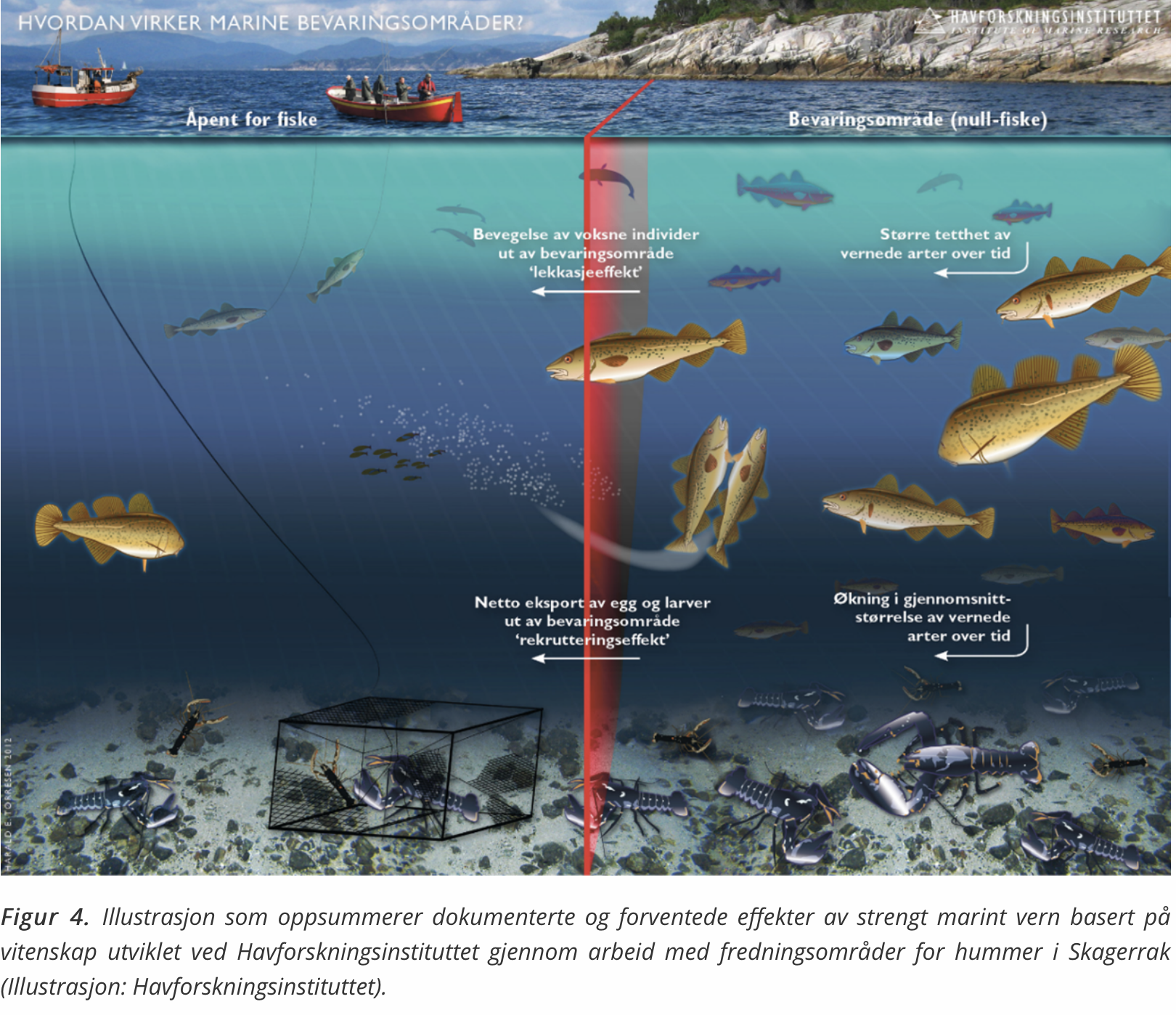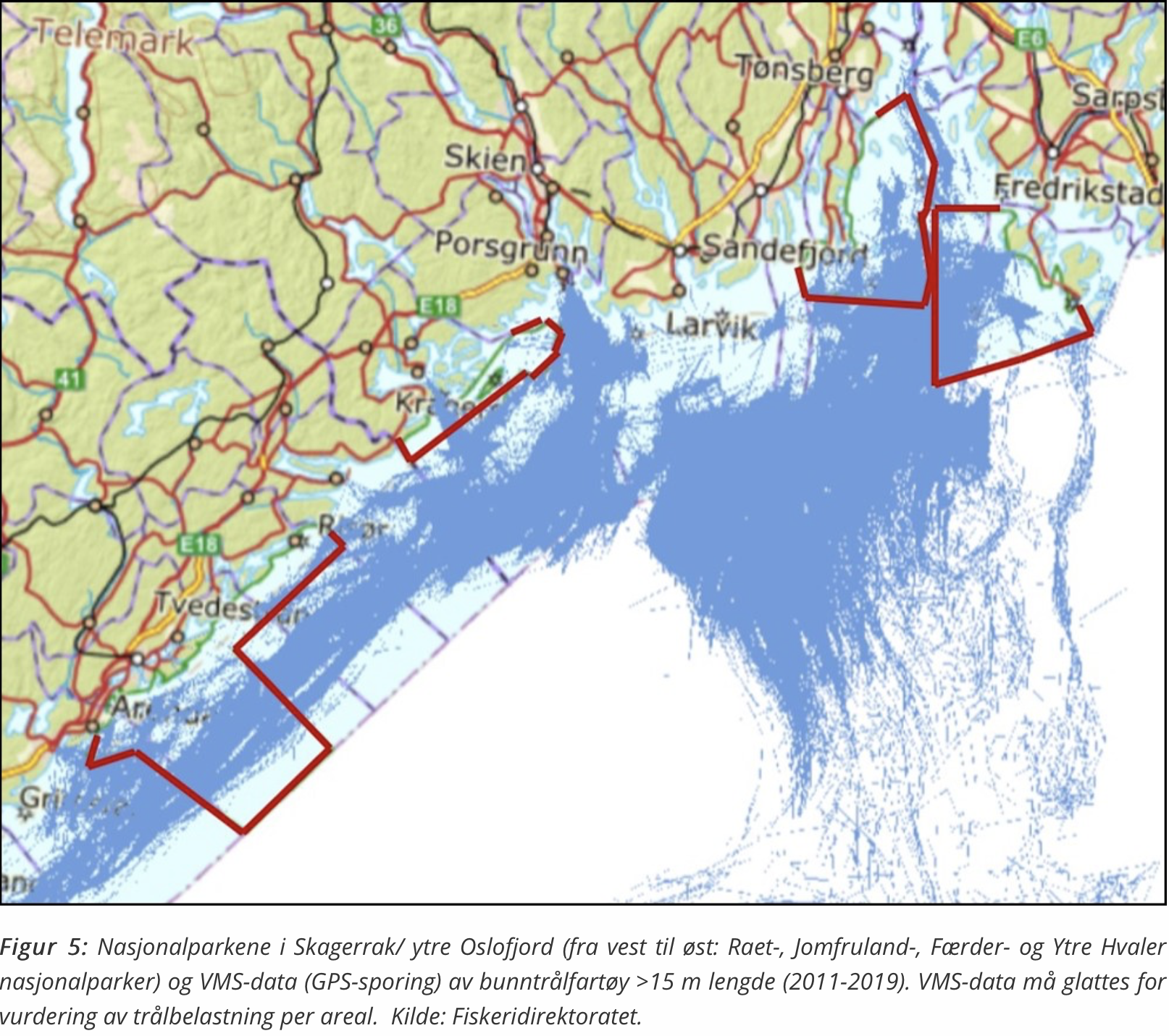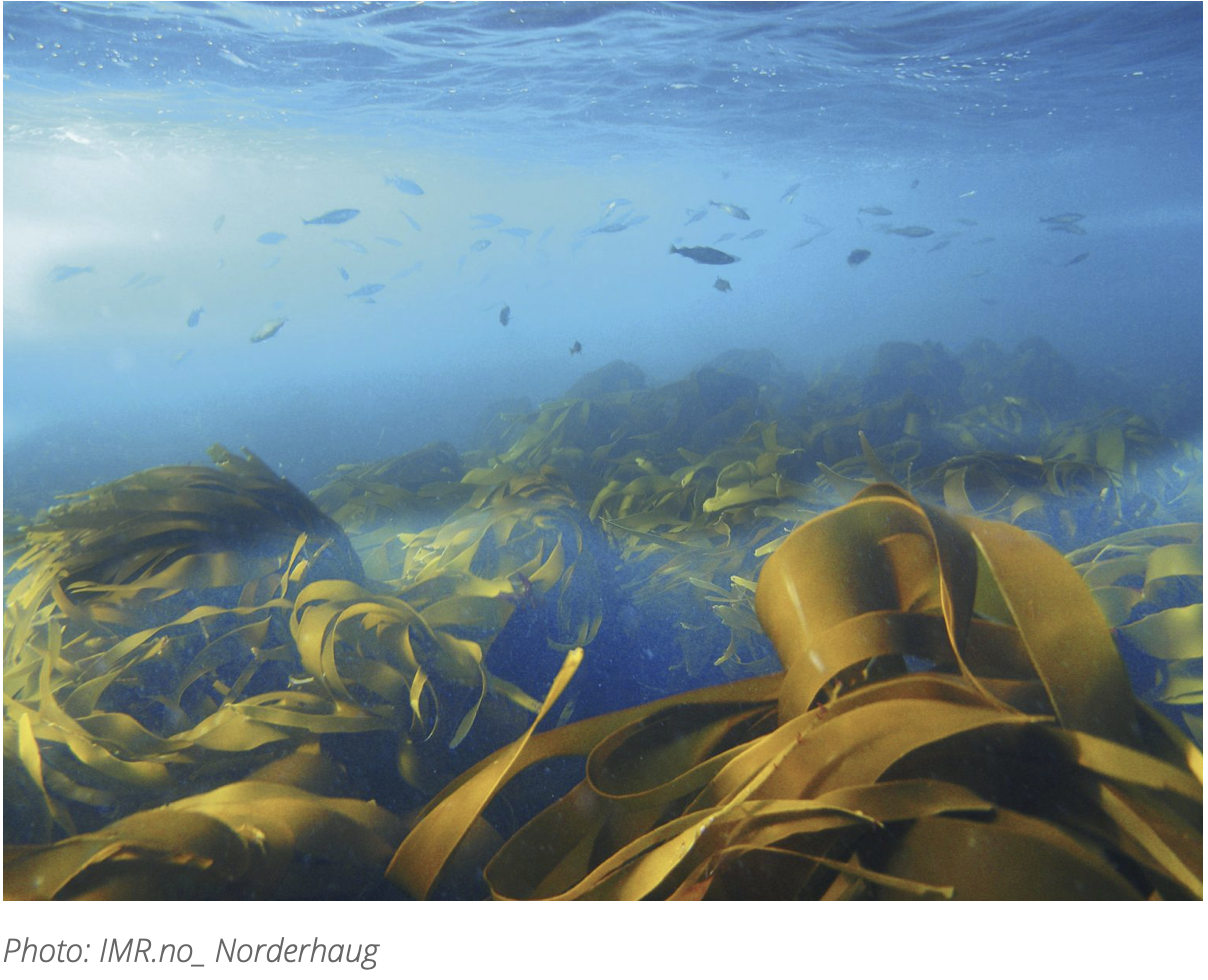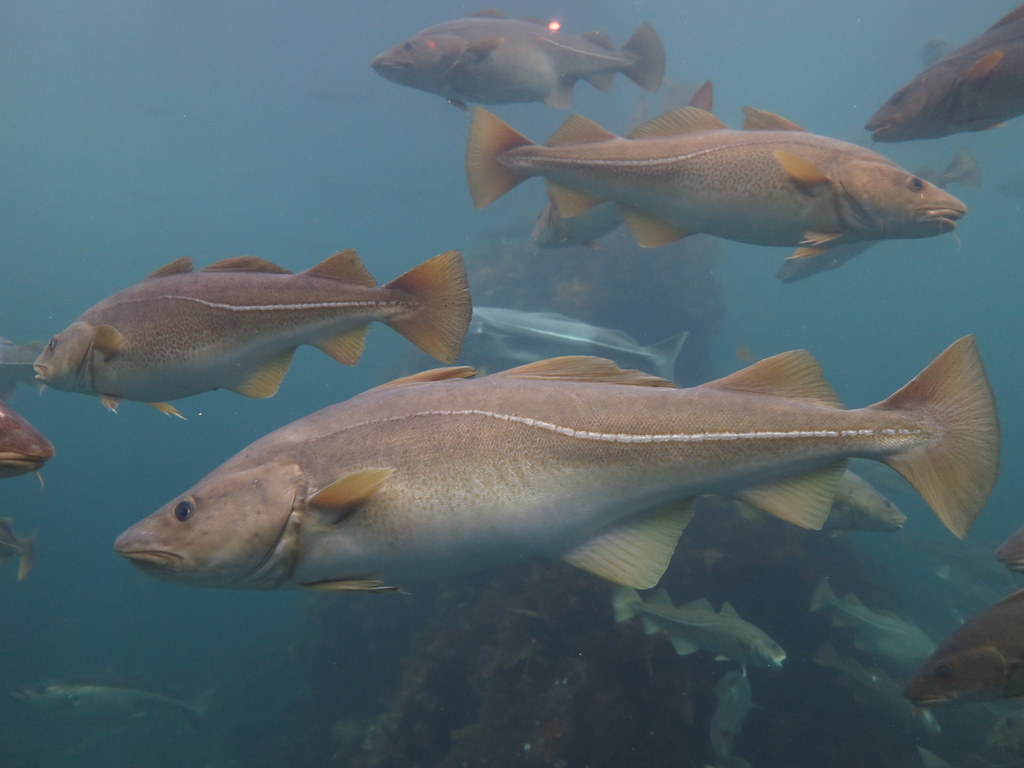Last year LT&C put Norway’s largest marine national park, “Raet”, on its world list of LT&C-Example Candidates. The park, situated at the Skagerrak coast of the province Agder in Southern Norway, can become Norway’s first marine national park meeting international standards if larger no-take zones would be established. Now the national park board (nasjonalparkstyre), which steers the national park management, on its meeting May 28 took an important decision in the direction of this goal: “Raet National Park Board, with support from Arendal, Grimstad and Tvedestrand municipalities, Agder County Council, the three fishermen associations etc., wants to launch an investigation for marine protected zones in Raet National Park. The Board asks the Institute of Marine Research to take responsibility for such an investigation that will be carried out with the involvement of local fishermen, recreational fishers and based on a marine knowledge base. The Directorate of Fisheries should be invited to contribute to the process.” (“Raet nasjonalparkstyre, med støtte fra Arendal, Grimstad og Tvedestrand kommuner, Agder Fylkeskommune, de tre fiskerlagene m.flere, ønsker å iverksette en utredning for en marine vernesoner i Raet nasjonalpark. Styret ber Havforskningsinstituttet ta ansvar for en slik utredning som skal utføres med involvering av lokale fiskeslag, fritidsfiskere og baseres på et marint kunnskapsgrunnlag. Fiskeridirektoratet ønskes invitert til å bidra i prosessen.”)
As one of the background papers for this decision, the LT&C article “Raet could become Norway’s first marine national park meeting international standards” was presented to the Board. Raet national park also became a member of LT&C, another indication that there is sympathy for our mission. However, even more weightful for the discussion was a recent report of the Norwegian Marine Research Institute (MRI) and their public statements about Norwegian “paper parks”. The scientist from MRI described the discrepancy between Norwegian governmental policy and the commitment to protecting 30% of the global oceans and the reality in the country. Industrial fishing, including ground trawling as well as recreational fishing, is allowed and performed in all Norwegian national parks or other types of marine protected areas. They explained how vital no-fishing zones are for recruiting fish stocks and thereby for the fishery itself (see their below illustration).

For many years, the MRI could demonstrate in its lobster research plots (no-fishing zones) the spill-over effect for the surrounding fishing areas in Arendal. Becoming convinced of this effect (general knowledge of marine biologists), the municipality Tvedestrand established its own no-fishing zone in waters close to the national park to get the regional cod stocks recovering from a significant decrease. Tvedestrand, as a member of the Raet National Park Board, brought in its positive recommendations for the May decision of the Board.

Promising is furthermore that the local fishery associations supported the decision of the national park board to investigate possibilities for better marine protection, mentioning, in particular, the problems of overfishing lobsters and the effects of ground trawling. Their additional recommendations to limit seal and cormorant populations, on the other hand, are not in line with what is internationally understood as a national park. All bird and marine mammal hunting need to be banned from the national park; hopefully, a decision to be taken at future meetings of the national park board. If this positive direction would also be actively supported and promoted by the local tourism businesses, Raet national park could become a leading Norwegian LT&C-Example on our world map. It would be a major milestone in the environmental and fishery policy of Norway. We keep you informed.




